Thor: Love and Thunder is sure to have a massive effect on the broader MCU, with the movie actually retconning several major elements of the franchise with its changes to canon. Marvel Studios has been very careful maintaining consistency within their franchise's timeline, meaning that big MCU retcons have been few and far between. Whether they be accidental or intentional, though, the God of Thunder's fourth solo movie has significantly altered the MCU.
SCREENRANT VIDEO OF THE DAY
The sequel reconnects the titular Avenger with his former love interest Jane Foster, who wields the hammer Mjolnir to become the Mighty Thor. Together, they team with Valkyrie and Korg to stop the villain Gorr the God Butcher from reaching Eternity. Although its predecessor, Thor: Ragnarok, was incredibly well received and is considered one of the MCU's best movies, Thor: Love and Thunder had a more mixed reception, in part due to its irregular tone.
Thor: Love and Thunder also changed a lot of elements in the MCU's timeline. While the importance of these retcons vary, some changes the movie makes to the MCU are undeniable and will have long-lasting effects on the franchise for years to come. Here are five of the biggest MCU retcons that are revealed in Thor: Love and Thunder.
Thor 4 Made The Asgardians Gods (Well, Some Of Them)
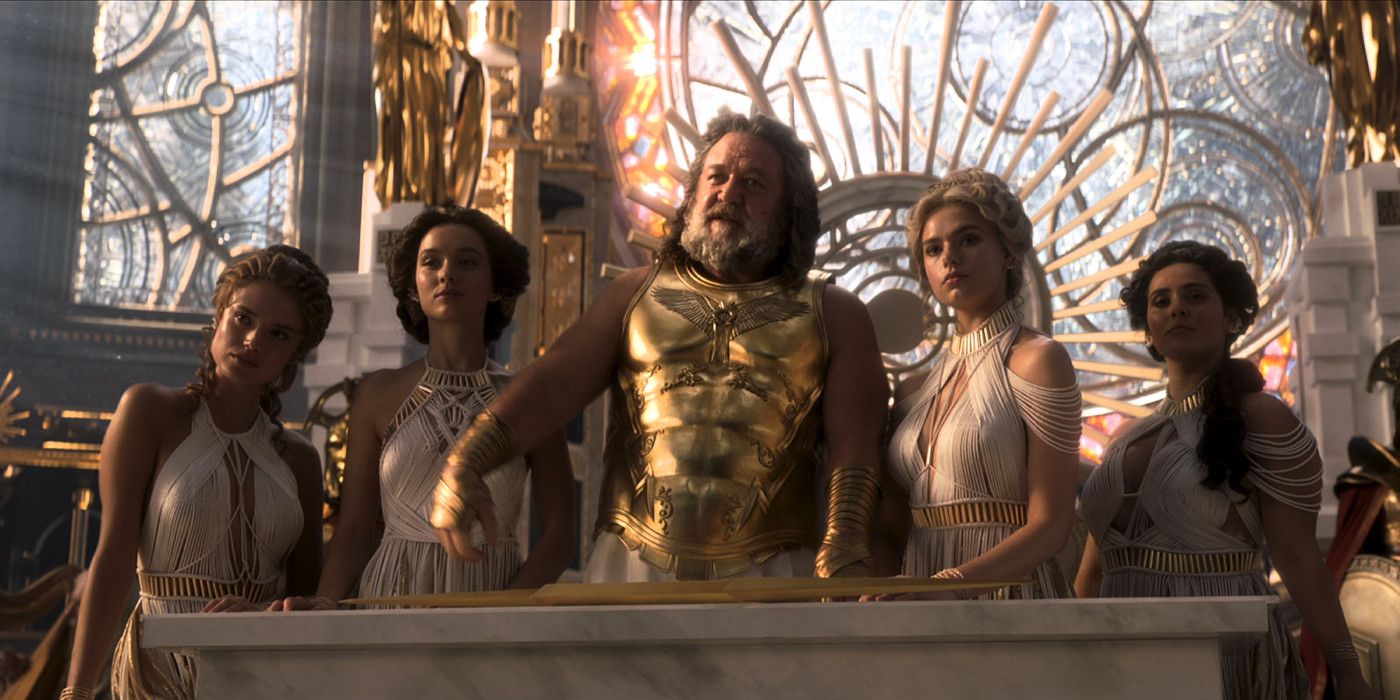
The first Thor movie came out early in the MCU when the franchise was still trying to find its footing and stay as grounded as possible. Because of this, Thor very clearly explained that the Asgardians are not gods; they are an advanced civilization that relies on technology far beyond what humans have. Essentially, at the time of the first Thor, gods didn't exist in the MCU.
The fourth Thor drops this veneer of science, as Love and Thunder's Omnipotence City features many gods from every mythology. In interacting with Zeus and the other beings at Omnipotence City, the Asgardians are also referred to as gods, and Gorr the God Butcher even wants to kill them. While it is possible that the Asgardian citizens simply rely on advanced technology instead of magic, making Thor's Asgardian lore partially true, the way Love and Thunder treats its main characters makes it undeniable that Thor, Loki, Odin, and some other Asgardians are actual gods.
Celestials Weren't Gods in Eternals
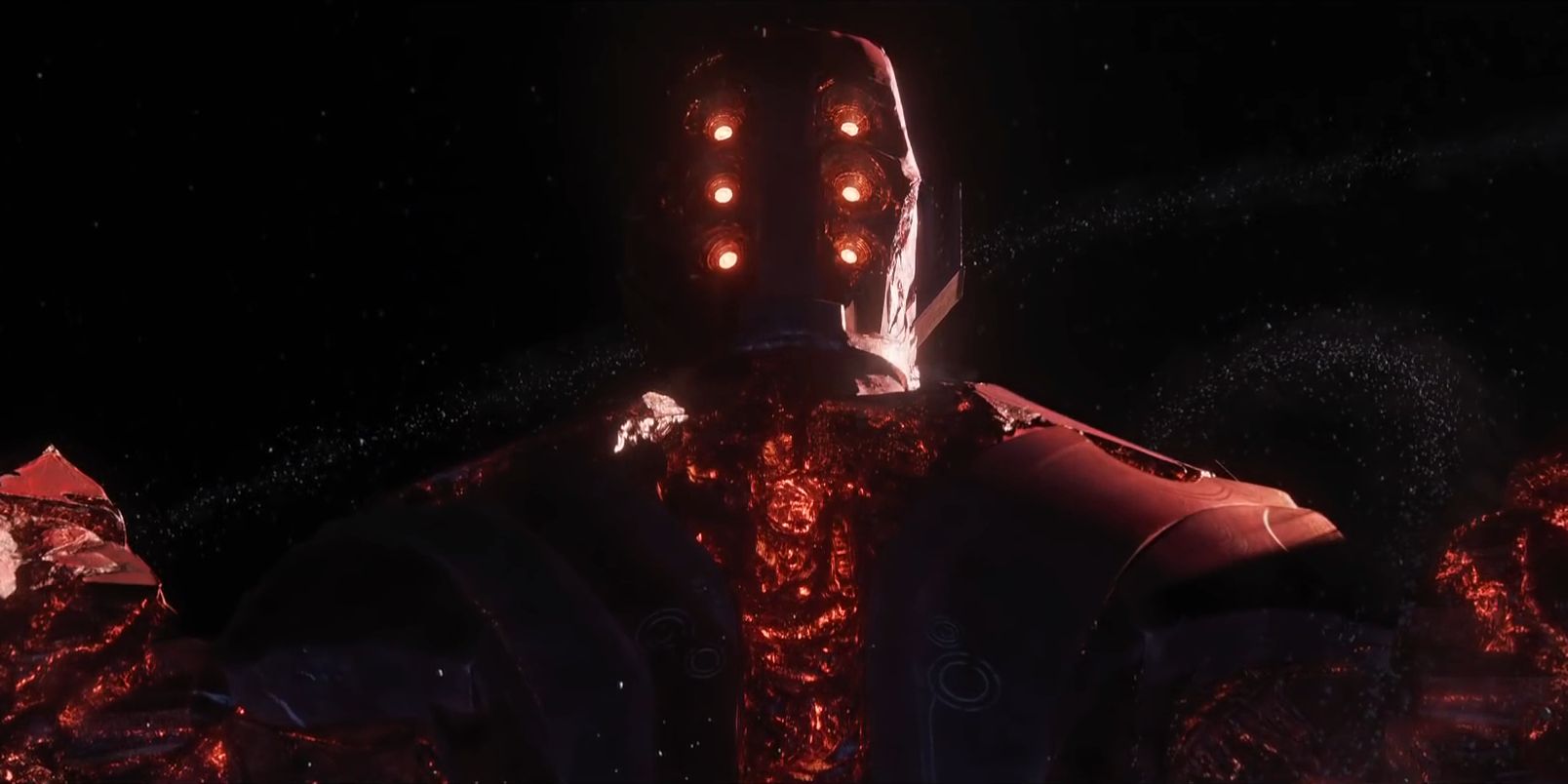
Being ultra-powerful cosmic titans, Celestials certainly seem to have god-like abilities in Eternals, but they were never explicitly called gods in the movie. However, two Celestials appear in Love and Thunder in Omnipotence City, meaning their lore may have been tweaked. Either all Celestials are gods, meaning any of them can enter Omnipotence City, or these two are specifically Celestial gods, being worshiped by other Celestials. While the status of the Celestials may be confusing, Thor: Love and Thunder definitely retconned Eternals' Celestial lore in some way by making at least some of them gods.
Korg Had A Mom in Thor: Ragnarok
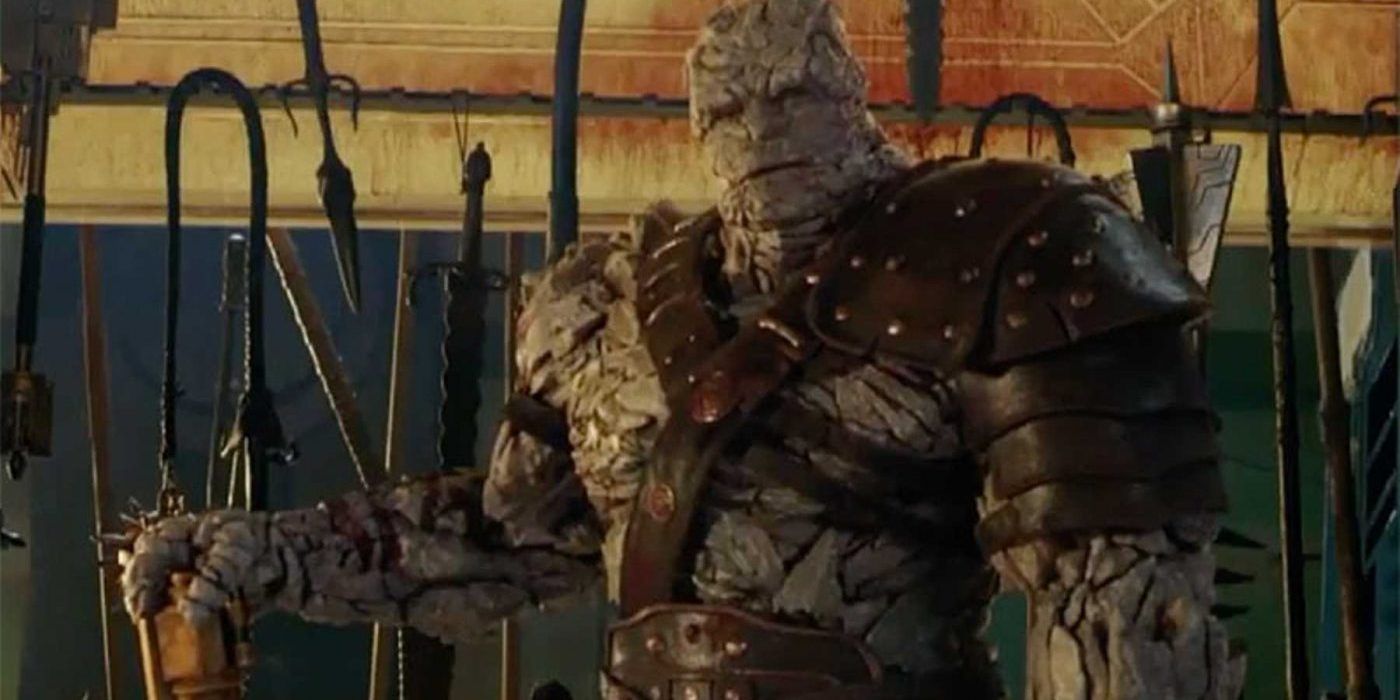
Thor: Love and Thunder tells Korg's backstory, explaining how he was created by his two Kronan dads in a volcano. This contradicts a line in Thor: Ragnarok. Upon Thor's arrival in Sakaar, Korg explains his attempt to organize a revolution against the Grandmaster. Unfortunately, he didn't print out enough pamphlets, with Korg saying, "Hardly anyone turned up, except my mum and her boyfriend, who I hate." While this is a humorous line, Thor: Love and Thunder retcons Korg's origins by giving him two dads, meaning he didn't have a mom. While it is possible that there are other intricacies to the Kronan family unit that the MCU hasn't explained yet, all Kronans are male in the comics, meaning that it is likely that Korg's backstory was retconned in order for him to be more accurate to the source material.
Eternity Could Have Made Thanos' Plan In Avengers: Infinity War A Lot Simpler
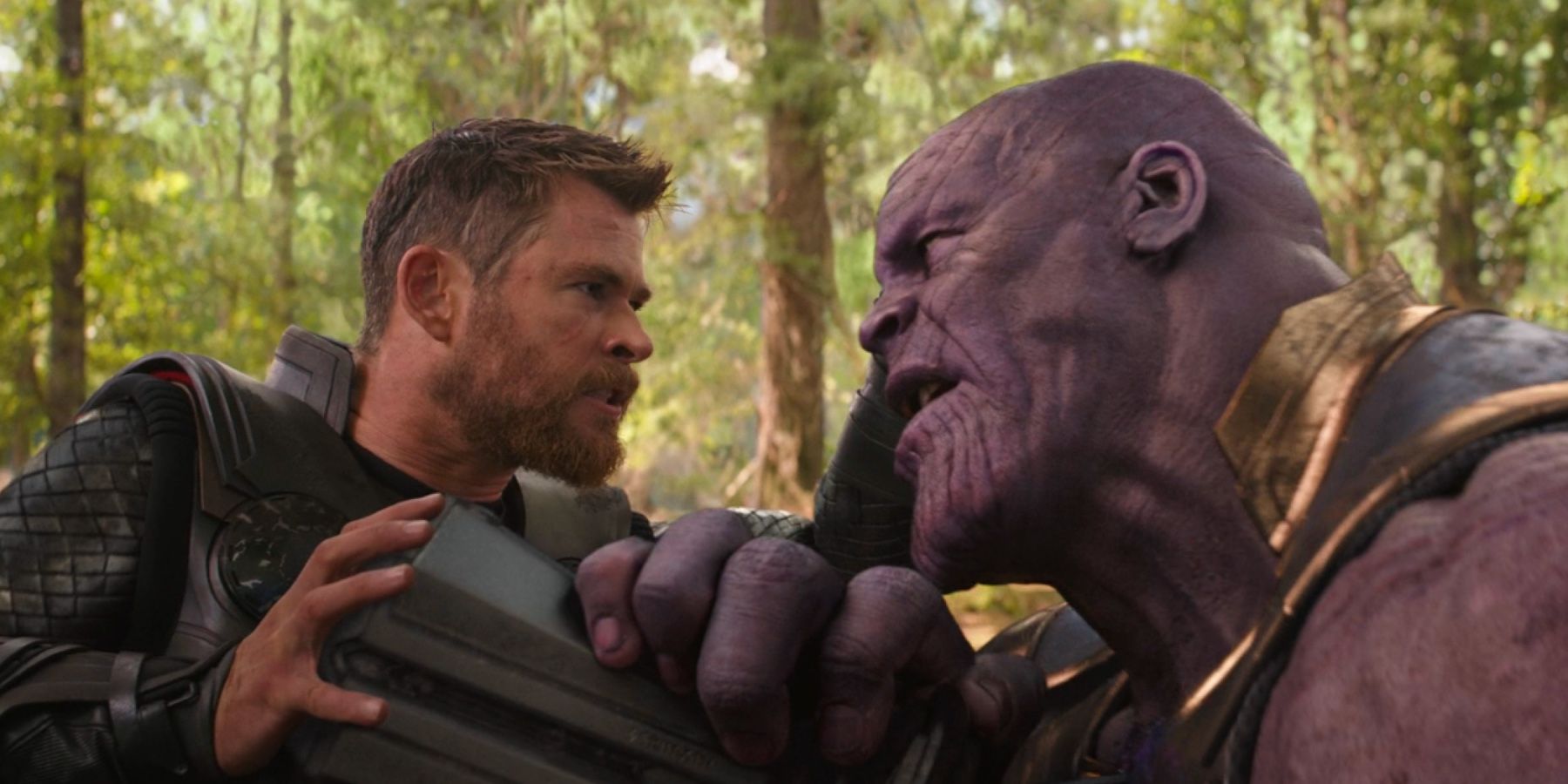
Thanos's plan to wipe out half the universe in Avengers: Infinity War was fairly complex, requiring him to gather all the Infinity Stones over several years. Thor: Love and Thunder's Eternity could have made this a lot simpler. In the movie, Gorr attempts to find Eternity in order to kill all the MCU's gods, as the being grants one wish to the first person who finds them. At the time, the Infinity Stones were the most powerful things in the MCU, but with the introduction of Eternity in Love and Thunder, Thanos's plan retroactively seems rather dumb and overly complicated.
Thor 4 Retcon's Jane Foster's Thanos Fate (Sort Of)
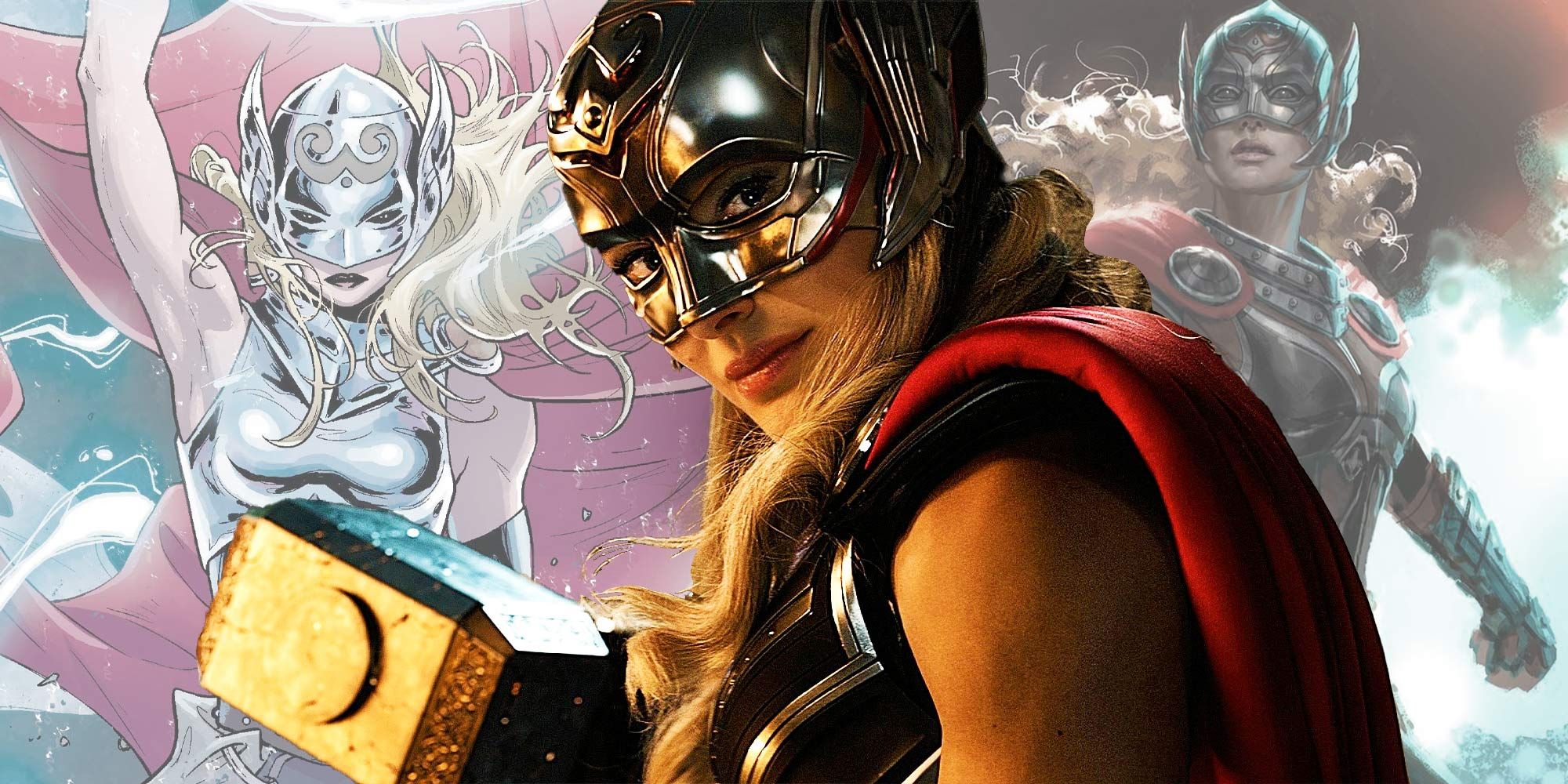
Since Avengers: Endgame, most new MCU projects have revealed how the Blip impacted characters who weren't involved in the Thanos story. Spider-Man: Far From Home, WandaVision, Hawkeye, and others have shown scenes of people getting snapped away and reappearing. Jane Foster's fate had been unknown within movie canon, though in an Avengers: Infinity War tie-in novel titled The Cosmic Quest Volume II: Aftermath, a character references the Blip before claiming Jane's "physical form is no longer with us…her body has perished, and her spirit has ascended into a greater realm." This would have been confirmed by a scene in the Avengers: Endgame script explicitly showing her as one of the "faces of people we've lost," yet this information didn't make it into the movie. There has been confusion about the matter, yet as far as what was available in the MCU's on-screen canon, Jane could be assumed to have survived.
Thor: Love and Thunder sort of answers the question of her Blip status in the MCU at last, though, breaking the assumption. When Thor and Jane first reunite, she says that it has been three or four years since the two last saw each other, with Thor correcting her and recalling that it has been eight years. While this may seem like a joke, it also hints that Jane Foster was snapped by Thanos, as this five-year gap in her memory could be explained by her disappearing for those years. Although not confirmed, it seems that Thor: Love and Thunder retcons Jane Foster's status, making her a victim of Thanos.
